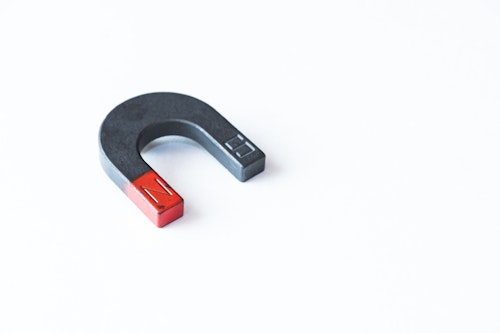Polarization

Is America more polarized now than ever before? That depends on what you mean by "polarization."
Over the past few decades, elected officials have tended to gravitate towards one party or the other, and recently that gravitation has begun to line up more closely with their ideology. In the past, some conservative members of Congress may have been Democrats and some liberal members of Congress may have been Republicans—think Southern Democrats pre-Civil Rights era or Rockefeller Republicans. But now, virtually all elected officials who call themselves liberals are Democrats and increasingly those who call themselves conservatives are Republicans. In fact, while it used to be that there were Republican politicians who were more liberal than the most conservative Democrat and Democrats who were more conservative than the most liberal Republican, that is no longer the case. That means there is virtually no ideological overlap between the parties in the House or Senate.
Hence, what is commonly referred to as "polarization" is really better thought of as "sorting." Whereas both Republican and Democratic Party leaders, activists, and partisans may have been ideologically diverse fifty years ago, today they are more homogenous—with liberals concentrated among Democrats and conservatives concentrated among Republican. This sorting of ideology onto party makes it appear as though polarization has been increasing—meaning that the ideological poles are moving further away from each other and few people remain in the middle. But that is just an artifact of the process of leaders sorting themselves into parties that align with their ideologies.
While our political parties are more polarized than fifty years ago, we should be cautious as to why. Partisan sorting is evident as ideology has been mapped onto the two major parties. But the differences between liberals and conservatives is not a new phenomenon.
Subscribe
Get updates whenever new content is added. We'll never share your email with anyone.
